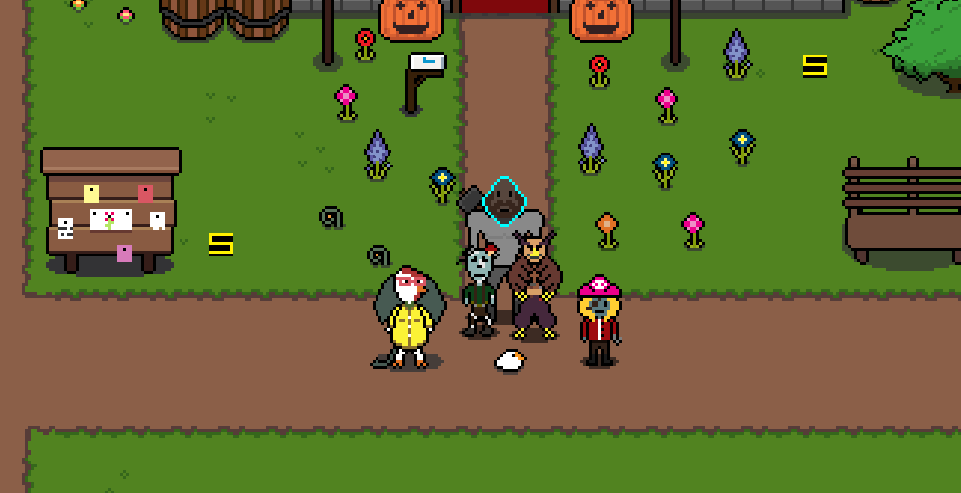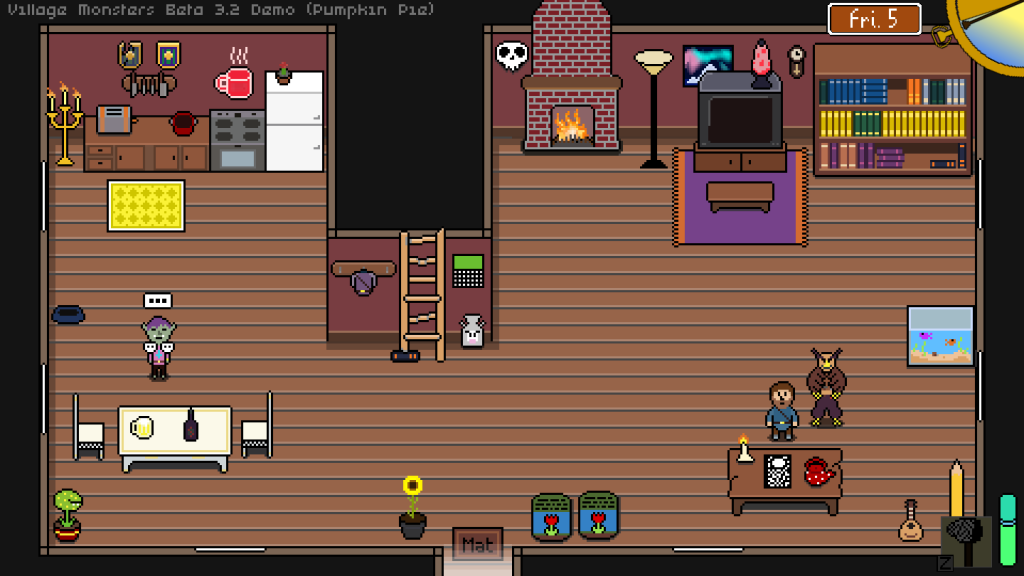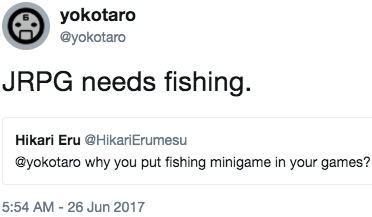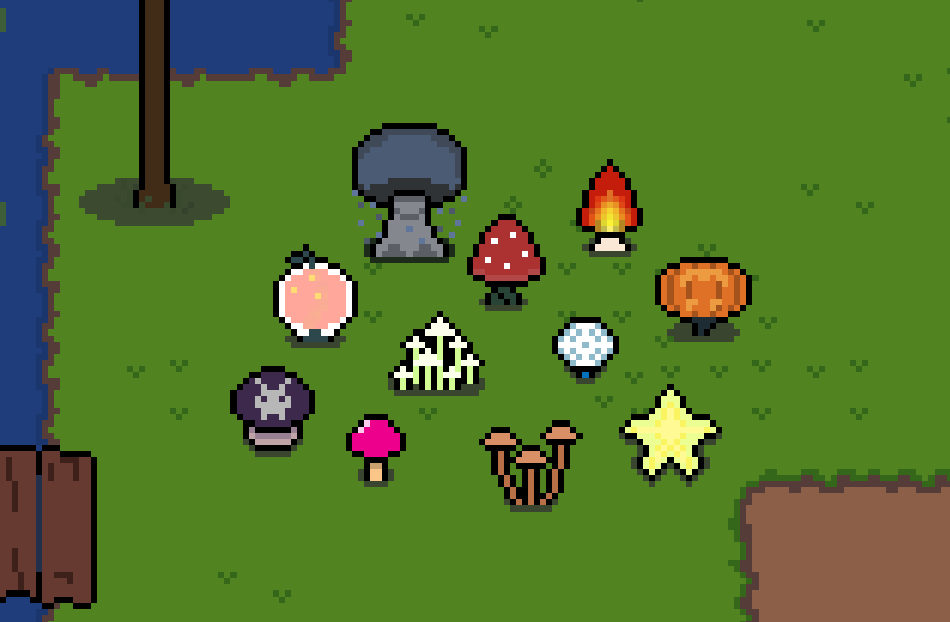
Hello Villagers!
It’s been awhile since I’ve written a vanilla dev log! Since the start of December I’ve been hard at work on releasing demos (have you checked out the latest one yet?) and patch notes and Kickstarter updates and ahhhh!!!
Phew. Ok. Well, most of that is over with and I’ve settled into a longer cycle of work. Let’s get back to dev logs!
New Villagers!
“New” is not quite the right word – most of these have existed in my brain, design docs, and Aseprite for awhile. But I’ve held them back from the game itself as I didn’t want to show you everyone quite yet.

But it’s time for more villagers to get released. There are a lot of villagers, including many more to come, but here are a few more right now!
- Jaclyn, daughter of the mayor and the town’s administrator. She’s rather tightly wound.
- Morris, a kindly undead priest who tends to his flock and his mushroom garden in equal measures
- Alistair, a phantom soldier that believes he’s a human
- Birdie, a harpy carpenter (or “harpenter” if you will. and I will.)
- Oponna, the fishy pirate that believes luck and chance rule all things. Daughter of Edmund and Contessa
Glitch Blockers
I still haven’t settled on the final ‘lore friendly’ name for these, but the world is now peppered with glitches and bugs that block your progress.

Thankfully for you the Patchlings have coincidentally come out of hiding! These little sprites have the ability to heal the glitches and broken lands you come across in your journey.
Finding Patchlings isn’t easy, but it’s said they are attracted to strong positive emotions – like as acts of kindness, feelings of accomplishment, and so forth.
Treasure Hunting!

Each week I pick one of the five main hobbies to focus on. This week was treasure hunting.
Perhaps the biggest change is the addition of artifacts. These special items come out of the ground as total mysteries and must be identified by someone in town. They are quite valuable on their own, but they also contains snippets of lore and hints of what you can find as you explore.
Besides artifacts you can expect to find gemstones, ores, and even long-buried treasure chests. Most of this stuff can be sold for silver, though you never quite know what you’ll end up with. That’s why it’s so exciting!
Comfy Cozy
I’m always updating and iterating on interiors. I think I’ve mentioned in older dev logs, but this is the first time I’m actually happy with what I’ve done.

The most impactful change is that rooms are now much smaller – by default, each interior fits the entire screen at once.
This fits with my main goal of coziness, but frankly it’s also a lot easier to both design and play with. This does mean that a lot of houses now have upstairs and basements to compensate for the sudden change of space, but that’s fine with me and mirrors your own home.
There’s a lot of work I’ve been putting off that I can finally work on. Something as trivial as “what size should most furniture be?” depended on how big the average room is, so it’ll be nice to get those off my to do list.
Quick Fire Changes
In the past month I’ve already completed about 300 tasks on the game which is… a lot. Trust me on that. Or don’t, it’s fine.
Either way, dev logs are tough to put together the bigger they get, so instead of grabbing shots and writing words for more features I’m instead resorting to bullet points. Like so!
- Caught critters, fish, and other items now have ranks. The ranks effect their price
- Many more details about an item are now stored. You’ll now be able to brag about that 40 pound fish you caught and then display the proof in your home
- The spawning of items (like treasure, items to forage) have been greatly improved
- Items can be marked as junk and all junk can be sold in one click at the general store
- Many sprites are seeing updates in the form of seasonal varieties
- This includes villager sprites which are also being iterated on (some the first time in years!)
- Rev speed and actions have been adjusted
- Lots and lots of bugs squahsed
- Lots and lots of small changes

























